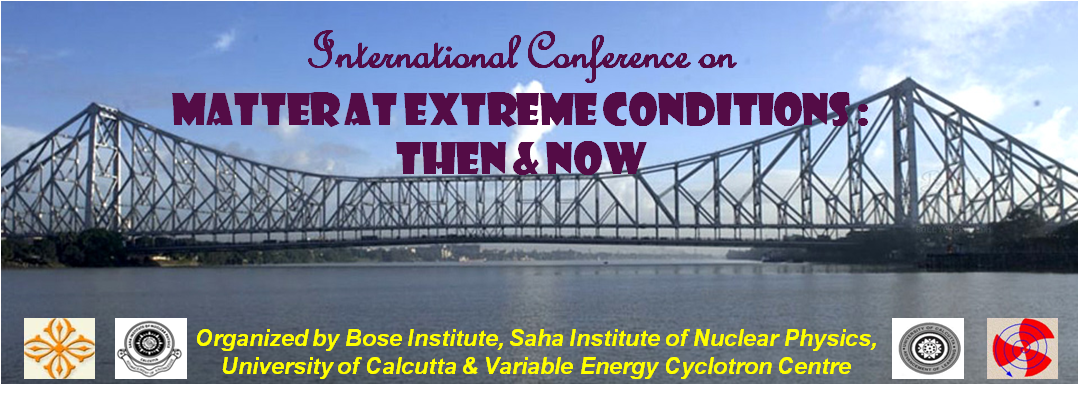Speaker
Palash Khan for the ALICE Collaboration
(Saha Institute of Nuclear Physics)
Description
The ALICE apparatus at the LHC was designed and built to perform dedicated studies of the Quark-Gluon Plasma (QGP), a strongly interacting phase of QCD matter, expected to be created in heavy-ion collisions, where quarks and gluons are deconfined. In such collisions heavy flavours are produced at the very early stage of the interaction by the initial hard scattering processes and hence can be used to characterize the hot and dense medium. In particular the sequential suppression of quarkonia (charmonia and bottomonia) was proposed as a thermometer of the deconfined medium. The inclusive $\Upsilon(1S)$ production has been measured down to zero transverse momentum in its dimuon decay channel at forward rapidity $(2.5 < y_{\rm _{lab}} < 4.0)$ using the Muon Spectrometer. Here results on the $\Upsilon(1S)$ nuclear modification factor $(R_{\rm AA})$ in Pb-Pb collisions at $\sqrt{s_{\rm NN}}$ = 2.76 TeV will be discussed and compared to the measurement at mid-rapidity by the CMS Collaboration and to theoretical predictions. Also recent results on $R_{\rm pPb}$ and forward-to-backward yield ratio $(R_{\rm FB})$ in p-Pb collisions at $\sqrt{s_{\rm NN}}$ = 5.02 TeV will be discussed.
Author
Palash Khan for the ALICE Collaboration
(Saha Institute of Nuclear Physics)
